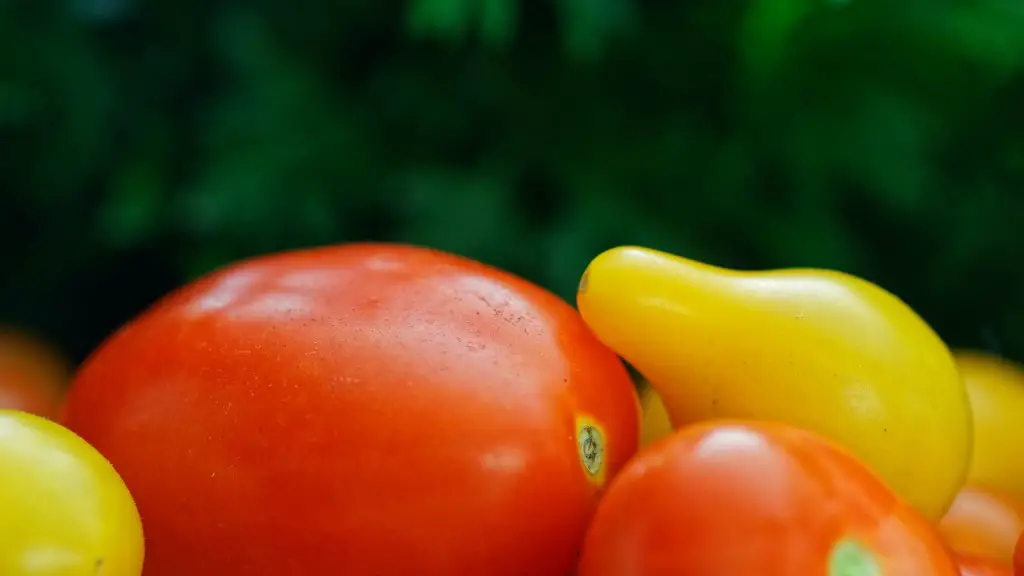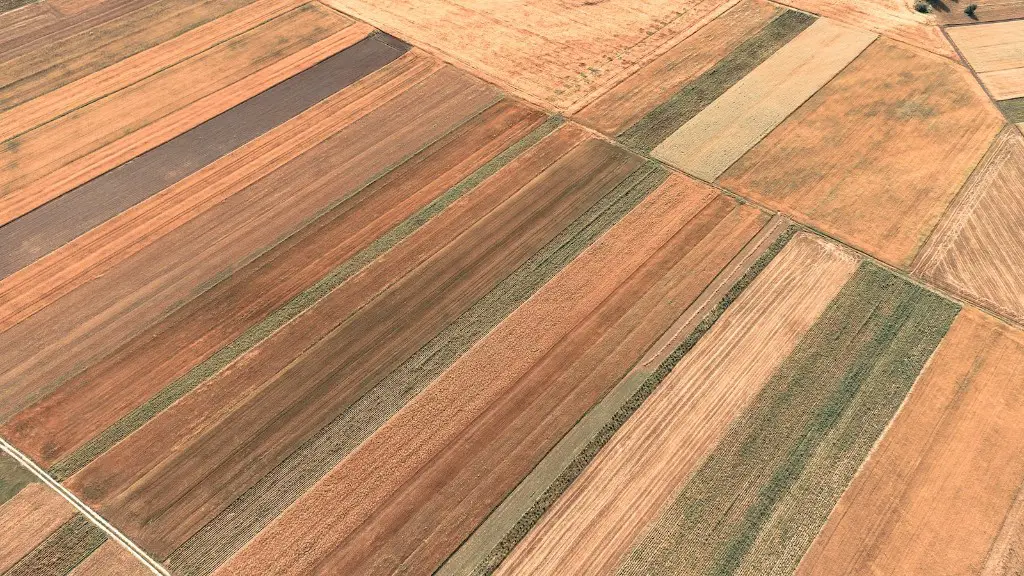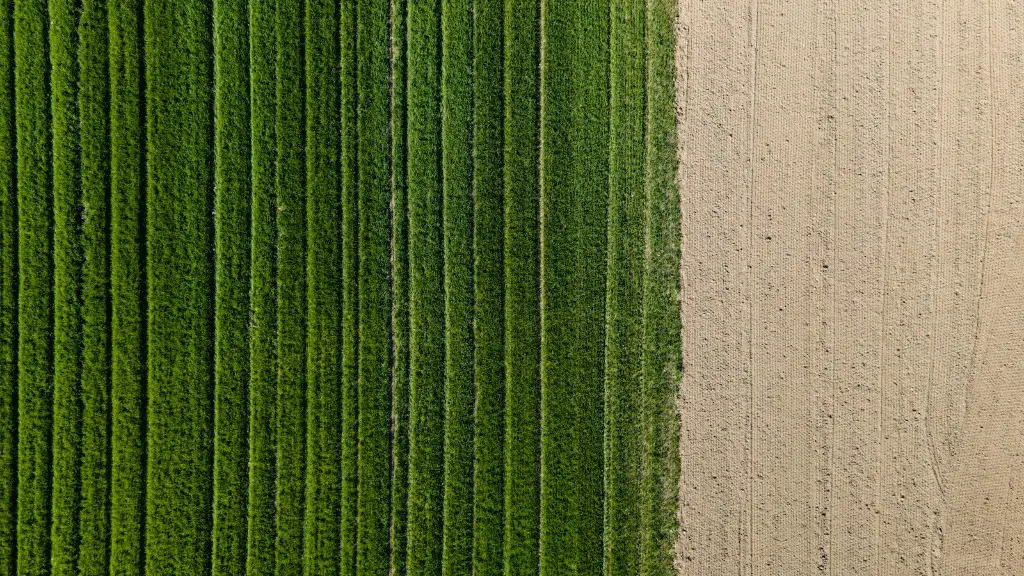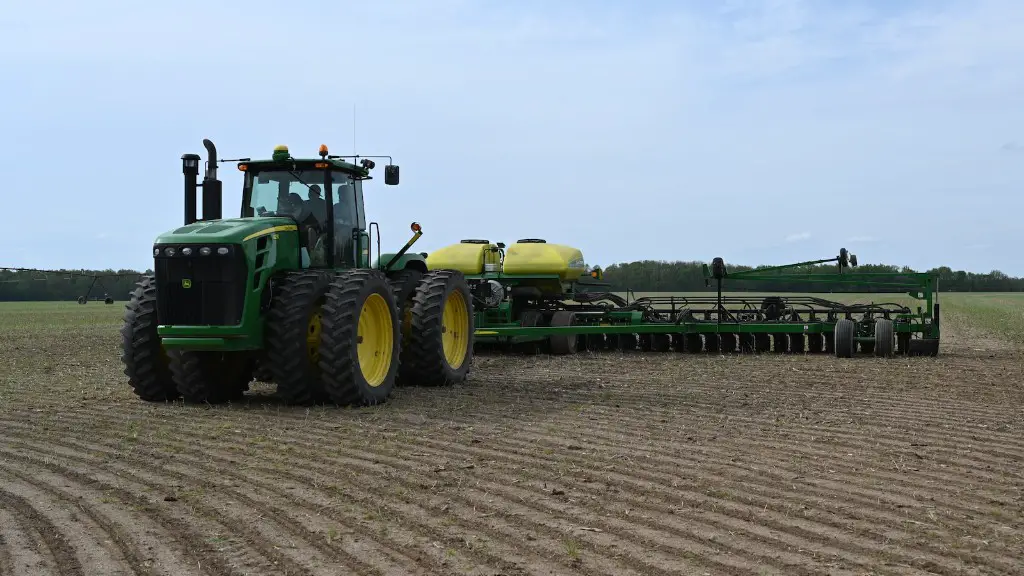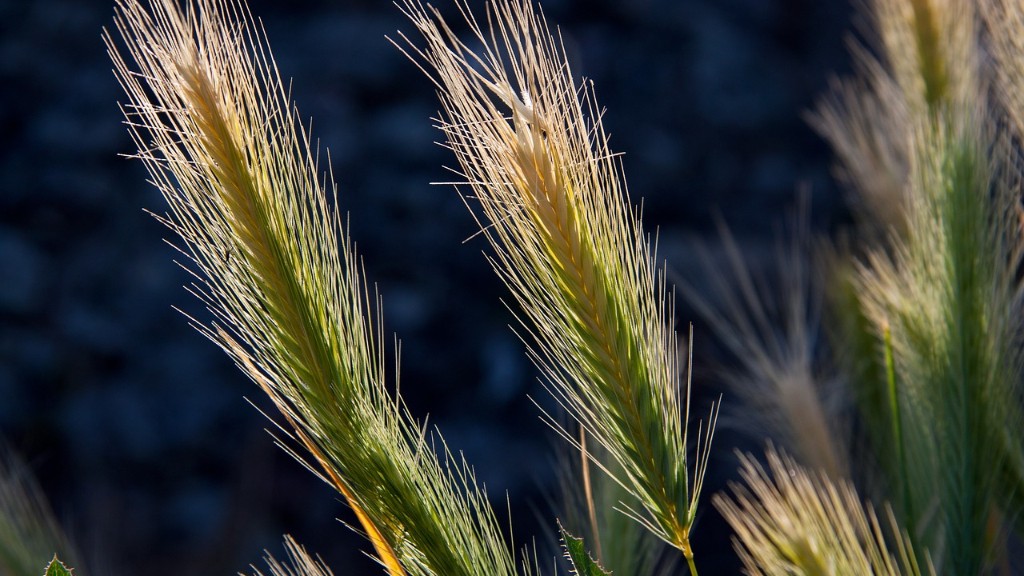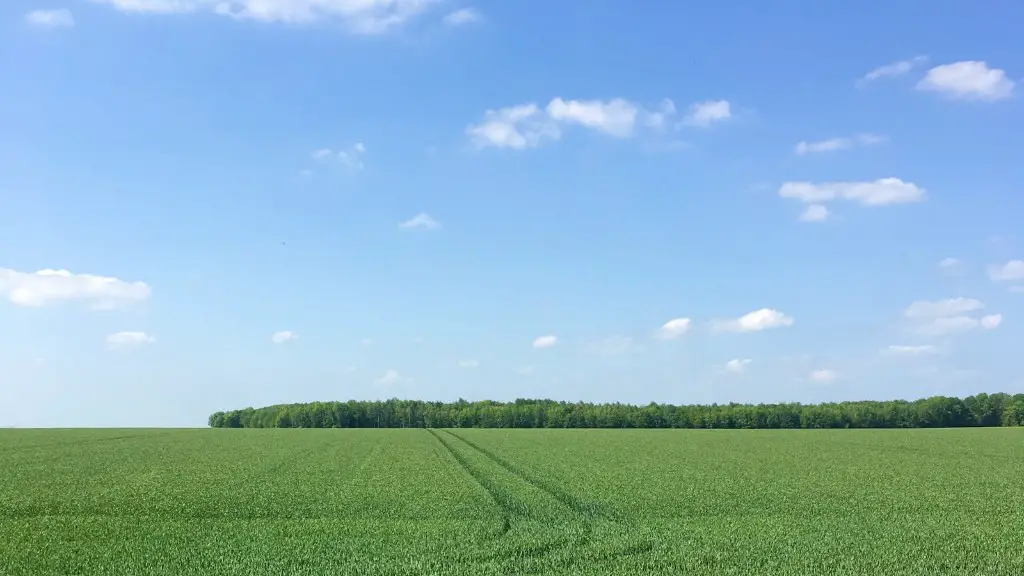The first archaeological evidence of agriculture was found in the Fertile Crescent, which is a region in the Middle East. The Fertile Crescent was a naturally fertile area that supported a large population. Agriculture allowed for the domestication of plants and animals, which led to the development of civilizations.
The first archaeological evidence of agriculture was found in the Fertile Crescent.
Where was the earliest evidence of agriculture found?
The Fertile Crescent is a region in the Middle East that was home to some of the earliest farmers. The region includes modern-day Iraq, Jordan, Syria, Israel, Palestine, southeastern Turkey and western Iran. The Fertile Crescent was a fertile area with ample rainfall and ample sunlight, which made it ideal for agriculture. The first farmers in the Fertile Crescent grew wheat, barley, lentils, peas, and flax. They also domesticated animals such as sheep, goats, and pigs. The Fertile Crescent was an important center of early civilization, as it was the birthplace of the first writing system, the first cities, and the first empires.
This was a major turning point in human history, as it led to the development of civilizations and eventually the modern world as we know it. Agriculture allowed for the growth of cities and the rise of civilizations, as well as the growth of populations. It also allowed for the development of new technologies and the exchange of ideas.
Where is the earliest evidence of agriculture in Egypt found
Agricultural practices in Egypt began in the Delta Region and the Faiyum in the Predynastic Period (c 6000 – c 3150 BCE), but there is evidence of agricultural use and overuse of the land dating back to 8000 BCE. The Delta Region is a fertile area with ample rainfall and ample sunlight, making it ideal for agriculture. The Faiyum is an oasis in the desert with a reliable source of water from the Nile River. The Nile River floods annually, depositing rich silt on the land, making the land extremely fertile. The combination of these factors made Ancient Egypt one of the most fertile regions in the world and allowed for the development of a complex agricultural system.
The remains of livestock, crops, and iron tools are often found on archaeological sites associated with farmers. These remains can help archaeologists identify the presence of farmers at a particular site. Additionally, the presence of daub walls and floors, grain bins, pits, and livestock enclosures can also indicate the presence of farmers.
What was the earliest form of agriculture?
The practice of agriculture is thought to have originated in the Near East, with the first crops being barley and wheat. Soon after, peas, lentils, and vetch were also domesticated. At the same time, dogs, goats, and sheep were domesticated.
Humans invented agriculture between 7,000 and 10,000 years ago, during the Neolithic era, or the New Stone Age. There were eight Neolithic crops: emmer wheat, einkorn wheat, peas, lentils, bitter vetch, hulled barley, chickpeas, and flax. Agriculture allowed for the domestication of plants and animals, which led to the development of civilizations. Agriculture also allowed for the growth of cities and the rise of civilizations.
Where is the origin of agriculture?
It is believed that Agriculture started independently in at least three different places in the world. These three places are Mesoamerica, the Fertile Crescent, and China. Each of these places has a distinctive cluster of plants that were drawn from the local flora.
Mesoamerica is home to plants such as corn, beans, squash, papaya, tomatoes, chili, and peppers. The Fertile Crescent is home to plants such as wheat, barley, lentils, and chickpeas. Lastly, China is home to plants such as rice, millet, and beans.
The agricultural revolution was a time of great change for humans. Around 10000 BC, the first permanent settlements were created and agriculture began to be developed in the Middle East. This allowed humans to create food surpluses, which allowed for the growth of civilizations. The agricultural revolution was a key moment in human history, and it continues to have an impact on the world today.
In which region of the world is the best evidence for the earliest emergence of agriculture prior to 10000 years ago
Archaeological evidence from the site of Tell Abu Hureyra suggests that early farming practices date back to 11,500-7,000 BC. The small village located along the Euphrates River in modern Syria was home to a number of early farming innovations, including the use of irrigation and crop rotation. These early practices laid the foundation for the development of agriculture and helped to ensure the success of early farming communities.
The Egyptians are commonly credited as being one of the first societies to practice large-scale agriculture. This is largely due to their development of basin irrigation, which allowed them to farm in otherwise arid conditions. The basin irrigation system was extremely effective and allowed the Egyptians to grow a wide variety of crops, which in turn helped to feed their large population. In addition to being great agriculturalists, the Egyptians were also skilled in a number of other areas, such as engineering, architecture, and medicine. They were a truly remarkable civilization and their achievements continue to impact the world today.
Where is the earliest evidence of agriculture in New Guinea?
The people of Papua New Guinea started practicing agriculture around 10,000 years ago. The oldest evidence for this is in the Kuk Swamp area, where people were using planting, digging and staking of plants to cultivate taro, banana, sago and yam.
Mehrgarh is a major site in the history of archaeology. It is one of the earliest sites with evidence of farming (wheat and barley) and herding (cattle, sheep and goats) in South Asia. The site is located in the “Kachi plain of Baluchistan, Pakistan, and provides valuable insights into the lifestyle and culture of the Neolithic people.
What is the oldest archaeological evidence
Lomekwi 3 is an archaeological site in Kenya where stone tools have been discovered that date back 33 million years. This makes them the oldest tools ever found. The discovery of these tools has helped to shed light on the early history of humans and our ancestors.
Radiocarbon dating is a powerful tool that can be used to date very small organic specimens, including burned corn cupules. The results of this dating technique have allowed archaeologists to date the beginnings of agriculture in various places throughout the Southwest. This dating technique is based on the principle that organic materials contain small amounts of radioactive carbon-14. When an organic specimen is burned, the carbon-14 is released and can be measured. The age of the specimen can be determined by comparing the amount of carbon-14 present to the known decay rates of this radioactive isotope.
Who started the history of agriculture?
The Sumerians were the first to practice large scale intensive cultivation of land, mono-cropping, and organized irrigation. They are also responsible for the invention of the wheel and writing, which allowed for the development of more complex civilizations.
The Tigris and Euphrates rivers have always been prone to flooding, making the land around them very fertile for growing crops. This made it an ideal spot for the Neolithic Revolution, also known as the Agricultural Revolution, which began around 12,000 years ago. The Neolithic Revolution was a time when people began to domesticate plants and animals and move away from a hunter-gatherer lifestyle. This allowed for the growth of civilizations and the development of writing, art, and culture.
Conclusion
The first archaeological evidence of agriculture was found in the Fertile Crescent.
In 2009, archaeologists discovered evidence of early agriculture in the Ohalo II site in the Sea of Galilee, which is thought to be one of the oldest known agricultural sites in the world. The Ohalo II site is believed to date back to about 23,000 years ago, and the evidence of early agriculture at the site includes the presence of early wheat and barley.
